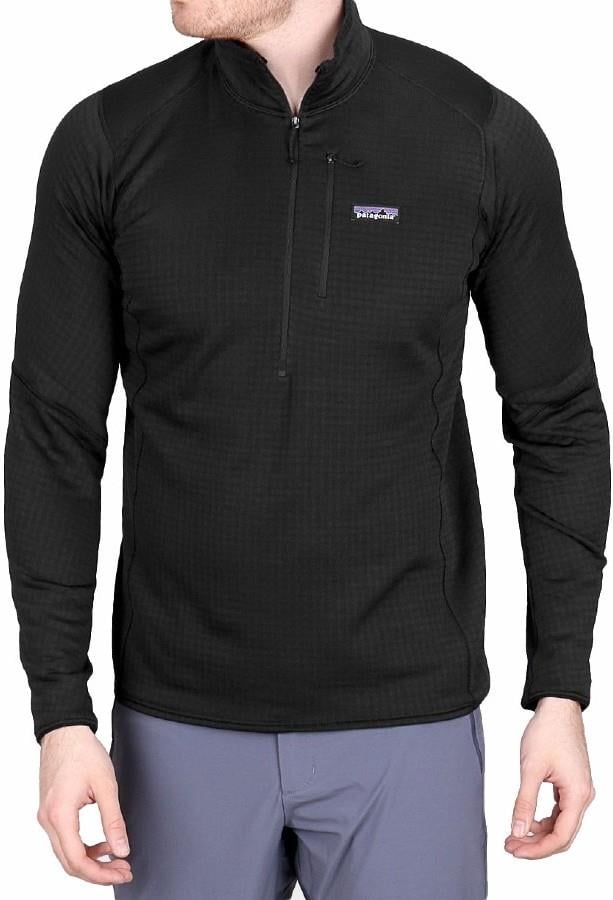

In addition to the full-zip featured here, you can get the R1 as a pullover to save weight. It features an athletic fit that’s perfect for layering and a scuba hood that will make you look and feel like a ninja. At 11 ounces, it’s not the lightest midlayer on this list, but the grid pattern on the inside of the fabric excels at moisture wicking and breathability. The Patagonia R1 is a lightweight fleece that’s popular among thru-hikers. (women’s) Materials: 100 percent recycled polyester fleece Polartec dominates the fleece market and is well known for their quality and innovative textiles.īest fleece midlayers for thru-hiking: Patagonia R1. Many jackets on this list feature some type of Polartec fleece. Most hikers will want a midweight fleece (especially those who run cold), but lightweight fleeces are appropriate for ultralighters and hikers in hot climates who want a slight boost in warmth. Heavyweight (300-weight) fleece is too bulky and heavy to be practical for all but front-country use. Lightweight, or 100-weight, and midweight, or 200-weight, fleeces are most popular for backpacking and other technical pursuits. Fleece Weights and Technologiesįleece weight denotes the thickness and warmth (and, yes, weight) of fleece. Micro-grid fleece is a great feature for anyone who plans to hike in their fleece frequently. The grid pattern is ideal for temperature and moisture management as it improves wicking and air circulation. Micro-grid pattern: Many of the best hiking fleeces feature “micro grid” fleece. You’ll probably only have a base layer underneath this, so there’s not much justification for a loose or baggy fleece (beyond your personal preference, of course). Reducing bulk with a trim fit will also save weight. Having pockets mostly matters if you plan to wear your fleece around camp since, if you’re wearing it on the trail, you can store things in your backpack pockets instead.įit: A slim (not tight) fit is best as it will minimize cold spots and dead airspace. Pockets: Zippered handwarmer pockets are the most functional, but kangaroo pockets (found on many pullover-style fleeces) work well too. Many of the fleeces on this list have both hooded and hoodless versions. If you opt for a hood, make sure it has a shock cord adjustment so you can keep it in place and seal out cold drafts. Hood: Adds to the weight and price of the fleece, but the increase is usually minimal, and you get a lot of added warmth in exchange. If you can’t decide, you can split the difference by going for a half-zip. Pullovers are a pain to get on and off and can’t be unzipped to dump heat, but the lack of zippers minimizes heat loss. Zipper: Full-zip jackets are well-ventilated and easy to take on and off, but the zipper also adds weight and creates a cold spot down the middle. What are some features to look for in the Best fleece midlayers for thru-hiking? Go with fleece if you want a durable layer that you can wear while hiking or if you need to keep a close eye on your budget.

Also, they’re significantly cheaper than puffies. It’s no big deal if your fleece midlayer gets wet because it’s a hydrophobic material that absorbs less than 1 percent of its weight in water and dries quickly.
PATAGONIA R1 PULLOVER HOODY FULL
They’re also thin enough to be breathable and offer a full range of motion, making them better suited to heavy activity. You can wash your fleece in the laundry with the rest of your clothes, unlike a down jacket, which needs special care. They’re not prone to snagging, and in the event of a rip, they’re easy to sew up with a needle and thread. Fleeces are easy to repair with a needle and thread, unlike most insulated jackets.


 0 kommentar(er)
0 kommentar(er)
